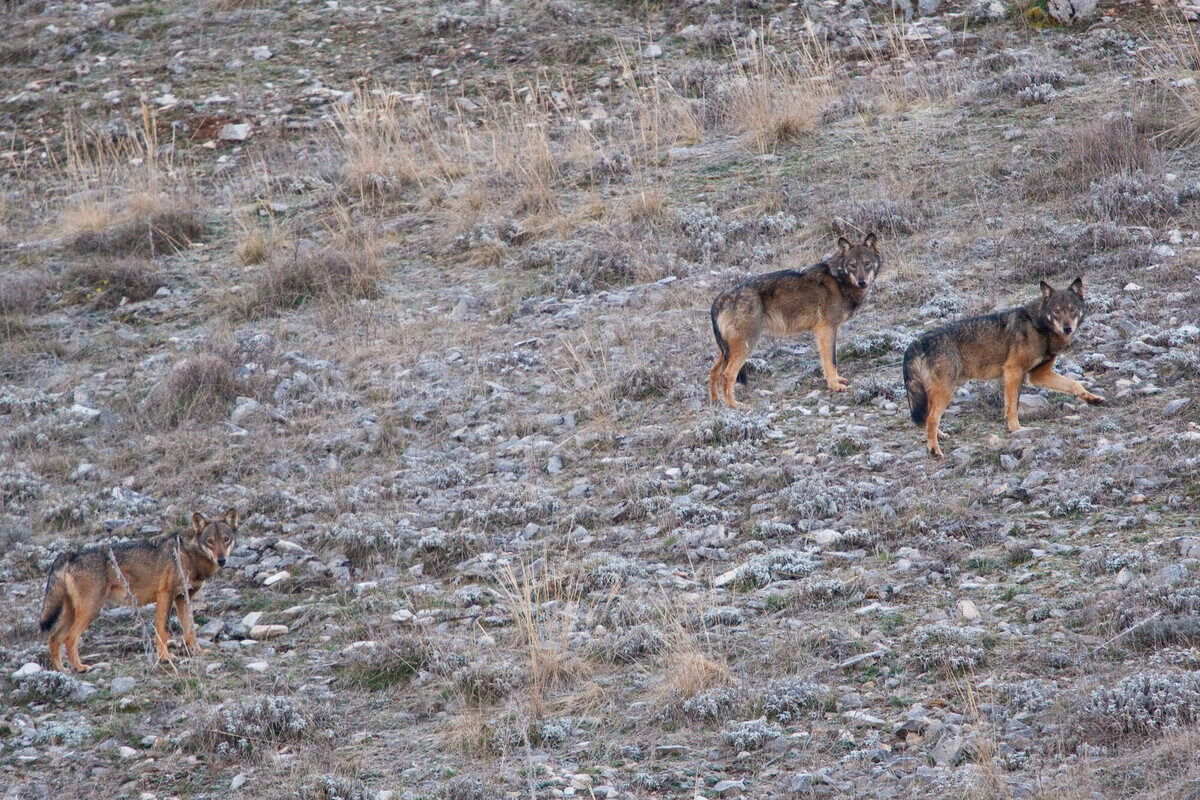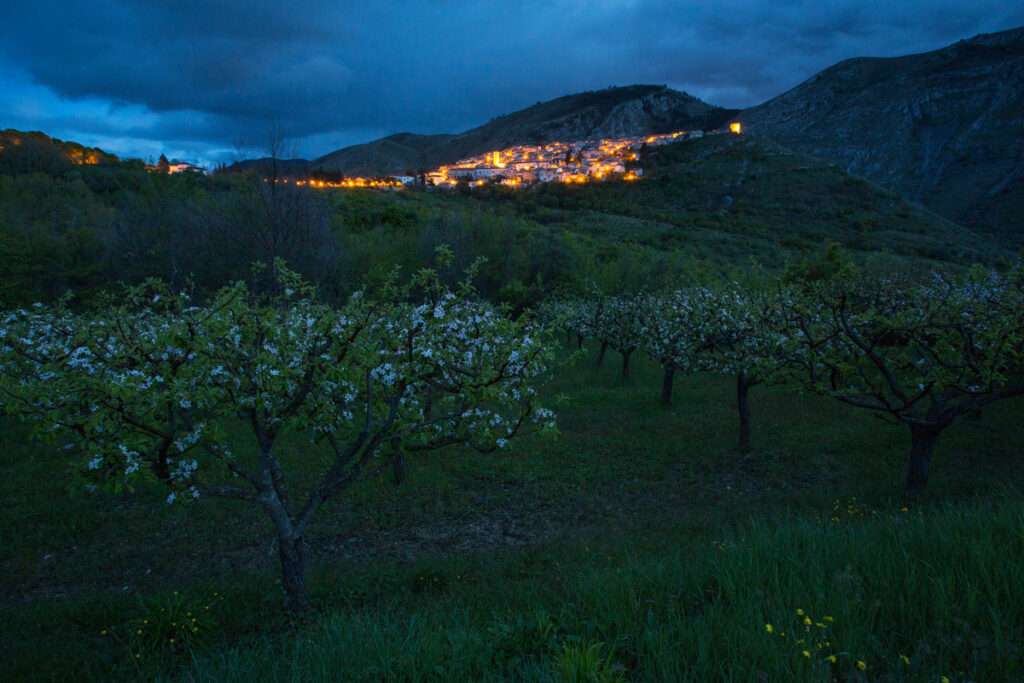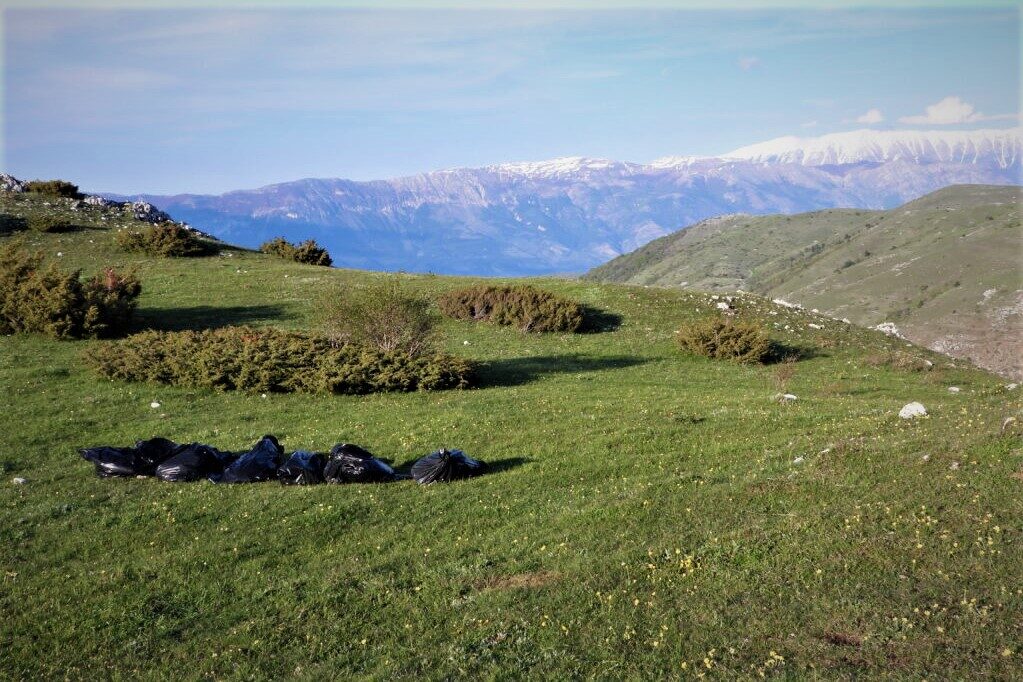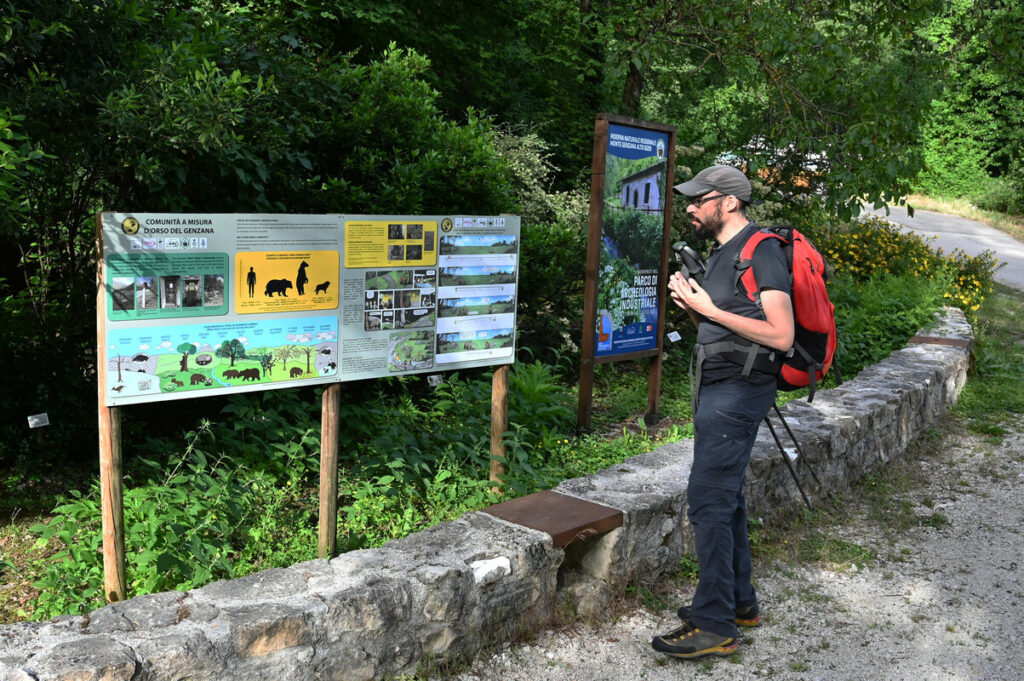The welcome and inspirational return of wildlife species to European landscapes presents a range of challenges, as evidenced by recent poisoning incidents in the Central Apennines of Italy. By ensuring people benefit from nature – and by educating and enforcing – these challenges can be overcome.

Coexistence in the spotlight
Today, despite an overall decline in the continent’s biodiversity, many of Europe’s wildlife species – such as the European bison, Eurasian brown bear and grey wolf – are making a welcome comeback. Commissioned by Rewilding Europe, an updated Wildlife Comeback Report published in September last year showed that wildlife can and will return if we give it space to recover and strive to live alongside it harmoniously. It also showed that a range of conservation measures, including rewilding, are effective at supporting and enhancing the return of animals, although they need to be scaled up to really have meaningful impact.
The recovery of certain European wildlife species is great news and offers hope for the future. But it also throws up a range of challenges. As animals – particularly carnivores such as wolves and bears – recolonise parts of their former ranges, the potential for conflict with people is increasing, which is why efforts to improve human-wildlife coexistence are so essential. Rewilding Europe is working to boost such coexistence in all of its operational landscapes, through measures such as educational programmes and efforts to prevent damage to property, as well as the development of nature-based economies. This, in turn, is inspiring others to foster greater levels of coexistence too.

A case in point
Recent instances of suspected poisoning in the Central Apennines rewilding landscape in Italy – which have led to the tragic deaths of an entire wolf pack, a number of griffon vultures, and other wildlife species – drive home the fact that challenges around human-wildlife coexistence in Europe are a clear and present danger. Illegal poisoning, for example, still hampers wildlife comeback across many parts of the continent, and has sadly been seen in other Rewilding Europe landscapes and the areas around them. It is frequently carried out by people who have little to no understanding of the devastating consequences of their actions.
In the Central Apennines, instances of poisoning frequently coincide with the so-called “monticazione” – the driving of livestock to high-altitude pastures in the spring. While the vast majority of livestock farmers are law-abiding citizens who value the nature around them, individuals have been convicted of leaving out poisoned carcasses to kill wolves at this time, in an attempt to stop predation on calves and lambs. Truffle pickers and hunters have also been known to leave out poisoned carcasses and baits to kill dogs and wolves.
“Such carcasses, no matter what the reason they are left in the landscape, pose a severe and indiscriminate threat to wildlife, to domesticated animals, to pets and to people,” says Central Apennines rewilding team leader Mario Cipollone. “Wildlife such as wolves and vultures naturally feed on them and die slowly and in great pain, and the poison spreads throughout the entire food chain. It can also get into waterways and contaminate the land for years. Every effort must be made to stop this criminal activity from happening.”

Positive action
The Central Apennines rewilding team is already working hard to improve human-wildlife coexistence in the rewilding landscape and surrounding areas. In 2022, for example, the team engaged with a wide range of people and local communities through events that focused on species such as Marsican brown bears, griffon vultures, chamois and crayfish, and this diverse event calendar is continuing in 2023. The team are working hard to protect and enhance the area’s population of endangered Marsican brown bears by developing a network of coexistence corridors, ensuring relations between humans and bears remain harmonious and enabling these iconic animals – and other important wildlife species – to travel safely through the landscape.
As a result of publicity generated by the Central Apennine rewilding team and partners, the recent poisoning incidents featured in a wide range of Italian media at local and national level. A letter was also sent to national, regional authorities to ask for stronger action to crack down on poisoning and reduce the risk to wildlife and people. One of the proposed measures is for any land contaminated by a poisoning incident to be removed from use for at least five years, which would hopefully discourage the perpetrators (a ban like this already exists in Spain).
In terms of detection, the Abruzzo, Lazio and Molise and Gran Sasso National Parks and branches of the Carabinieri Forestali (forest rangers) all have anti-poison dog units. However, the amount of territory these can cover is limited. It was a unit from Gran Sasso which discovered the worst of the recent poisoning incidents, near the town of Cocullo.
“There is definitely a need to increase the number of these units, and the amount of time they are deployed, because they are incredibly useful,” says Mario Cipollone. “They particularly need to be deployed in April and May, and particularly in places where poisoning incidents have happened in the past. Not only to detect poisoned carcasses, but to show people that those areas are under surveillance.”
In this animation, Rewilding Apennines explains the important role of griffon vultures in the landscape and the threats caused by poisoning to these and other animals.
Focusing on the benefits
From bison, bears and beavers to wolves and white-tailed eagles, the return of wildlife to European landscapes is not only good news for nature, but good news for communities too. In the Central Apennines, for example, wolves and Marsican brown bears support a thriving nature-based economy that provides jobs and income for a growing range of people. Earlier this year, a new study confirmed that Marsican brown bears play a valuable role promoting the Central Apennines as a nature-based tourism destination. Similar economies are developing in all of Rewilding Europe’s operational landscapes, and across much of Europe, underpinned by wildlife recovery.

The benefits don’t stop here. Beavers can help to reduce flood risk, free-roaming herbivores such as wild horses and bison can reduce the risk of catastrophic wildfire, insects play a critical role as pollinators – the list is endless. Evidence is even growing that the recovery of wildlife populations through rewilding would go a long way to mitigating the worst effects of climate change, through a science known as “animating the carbon cycle“.
It is vital that laws relating to wildlife poisoning are strengthened and rigorously enforced, and that measures such as anti-poison dog units are deployed wherever and whenever they are necessary. But the real challenge is to change mindsets. With the European rewilding movement growing rapidly, this is already happening. More and more people in the Central Apennines, for example, are proud of the wildlife recovery happening around them, and see the presence of species such as bears and wolves in the landscape around them as a gift and an opportunity, rather than a threat. All those who are passionate about nature, and who recognise its immense value, must ensure this upward trend continues.
